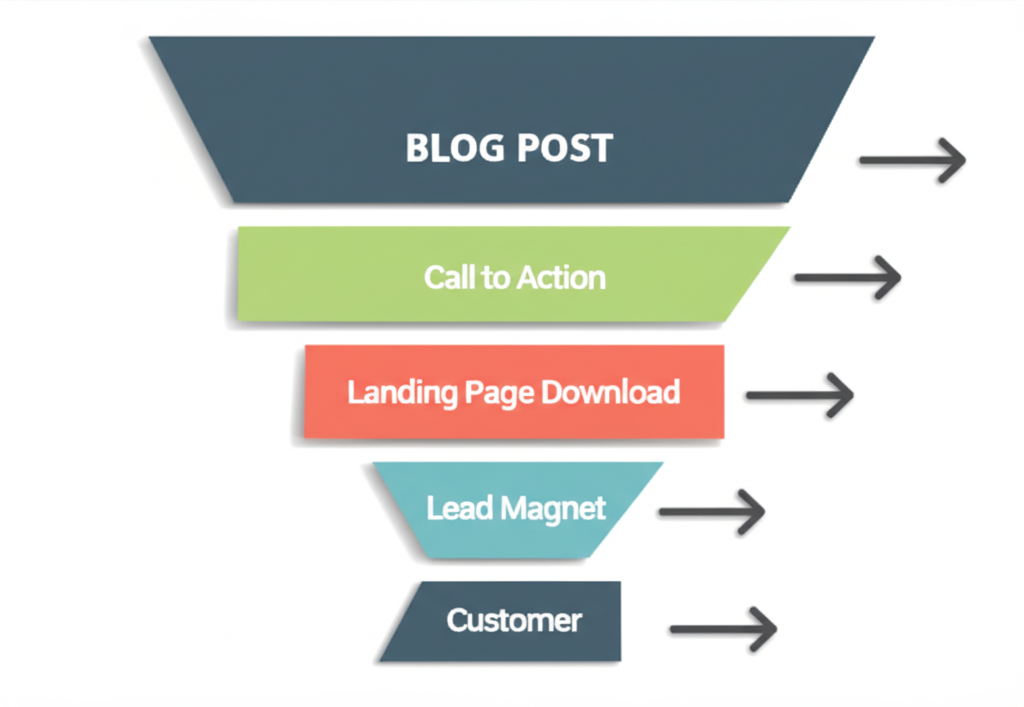The Art of Persuasion: Creating Content That Converts in 2025

In the bustling digital marketplace of 2025, content isn't just king; it's the entire kingdom. But not all content is created equal. Truly effective content does more than inform or entertain—it persuades, guides, and ultimately converts readers into loyal customers. This guide explores the art and science behind crafting high-converting content that resonates with your audience and drives business growth.
1. Deeply Understand Your Audience (Personas & Journey Mapping)
Conversion begins with understanding. Before you write a single word, you need to know who you're talking to, their pain points, motivations, and where they are in the buyer's journey. Develop detailed buyer personas and map out their journey to tailor your content to their specific needs at each stage (Awareness, Consideration, Decision).
2. Compelling Headlines & Introductions
Your headline is your first (and sometimes only) chance to grab attention. It must be clear, benefit-driven, and create curiosity. Your introduction should then hook the reader, empathize with their problem, and promise a valuable solution if they continue reading.
- Use numbers, questions, and strong verbs in headlines.
- A/B test headlines to find what resonates most.
- The "Problem-Agitate-Solve" (PAS) formula can be effective for introductions.
3. Value Proposition & Benefit-Oriented Copy
Focus on the "what's in it for me?" (WIIFM) factor for your reader. Clearly articulate your unique value proposition. Instead of just listing features, translate them into tangible benefits that solve your audience's problems or help them achieve their goals. Use storytelling and real-world examples to make benefits more relatable.
4. Build Trust and Authority (Social Proof & Expertise)
People buy from those they trust. Incorporate elements that build credibility:
- Testimonials & Case Studies: Show, don't just tell, how you've helped others.
- Data & Statistics: Back up your claims with credible research.
- Expert Endorsements & Awards: Showcase industry recognition.
- Authoritative Tone: Write with confidence and demonstrate deep knowledge.
5. Clear and Compelling Calls to Action (CTAs)
Your content must guide the reader towards the next step. Your CTAs should be:
- Visible: Use contrasting colors and prominent placement.
- Specific: Tell users exactly what to do (e.g., "Download Your Free Checklist" vs. "Click Here").
- Benefit-Driven: Reinforce the value of taking action.
- Contextually Relevant: Place CTAs where they make sense in the content flow.
6. Optimize for Readability and User Experience (UX)
Even the most persuasive message will fail if it's hard to read. Optimize for scannability and engagement:
- Use short sentences and paragraphs.
- Break up text with headings, subheadings, bullet points, and numbered lists.
- Incorporate visuals (images, videos, charts) to illustrate points and add interest.
- Ensure your content is mobile-responsive and loads quickly.
7. A/B Testing and Iteration
Conversion optimization is an ongoing process. Continuously test different elements of your content (headlines, CTAs, body copy, layout) to see what performs best. Use analytics to track key metrics like bounce rate, time on page, and conversion rates, and iterate based on data.
Conclusion: Content That Works For You
Creating content that converts is a blend of psychology, strategy, and creativity. By deeply understanding your audience, crafting compelling narratives, building trust, and guiding users with clear CTAs, you can transform your content from a simple information source into a powerful conversion engine that fuels your business growth. Start applying these principles today and watch your engagement and conversions soar.
(This is a foundational structure. A full blog post would expand each point with more depth, specific examples, psychological principles, and tool recommendations where applicable to reach ≥ 1200 words.)